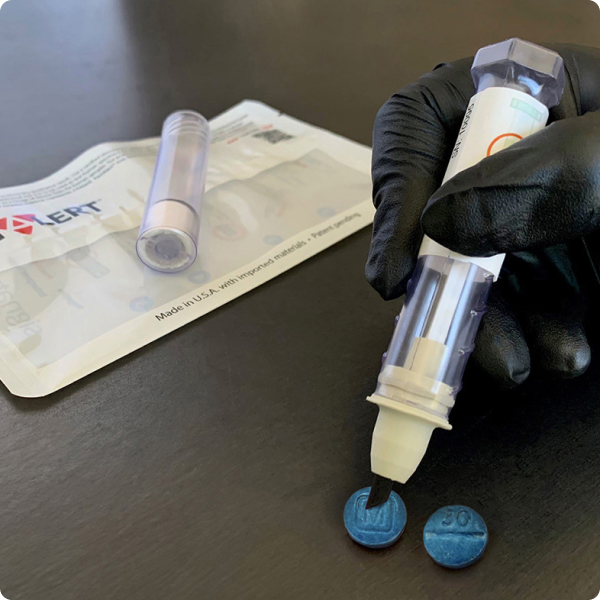FAST-ACT conducted a live dry decontamination demonstration with the Dallas Fire Department and multiple Dallas-area agencies, showcasing how first responders can rapidly and safely neutralize chemical threats using FAST-ACT technology.
Tag: CBRN training
FAST-ACT’s Hospital SOP: Advancing Chemical Decontamination Preparedness
In this blog, we will cover the essential steps of the FAST-ACT hospital SOP, explain how the FAST-ACT Pressurized Cylinders, FAST-ACT Decontamination Mitts, and FAST-ACT Decontamination Wipes are applied, and highlight the supporting science behind these hospital-focused decontamination protocols.
Defending Against the Unknown: Why the FAST-ACT DEFEND Kit is Critical for First Responders
The rise of fentanyl and other illicit drugs has amplified these risks. For those on the front lines, having a reliable, field-ready solution for both detection and decontamination is no longer optional—it’s essential.
Understanding Cyclosarin: A Comprehensive Guide to Its Chemical Properties and Effects
This guide breaks down cyclosarin’s chemical properties, health effects, and environmental behavior, while also showing how FAST-ACT decontamination solutions protect communities against these toxic chemicals.
FAST-ACT August Event Highlights: Supporting First Responders Nationwide
This August, the FAST-ACT team was on the road providing hands-on training and support to first responders facing today’s most urgent chemical and hazardous material threats.
FAST-ACT Webinar Highlights Ensuring Personnel Safety During Crowd Control
FAST-ACT recently hosted an insightful and timely webinar titled “Ensuring Personnel Safety: Dry Decontamination for Crowd Control Operations,” focusing on the unique challenges law enforcement and first responders face when neutralizing chemical threats during large-scale public gatherings.
Advantages of Dry Decontamination in Extremely Cold Temperatures
Dry Decontamination in extremely cold temperatures presents a critical solution, ensuring effective contaminant removal without water, allowing for safer and more efficient hazmat response in harsh environments. Explore FAST-ACT dry decontamination solutions for extreme weather conditions.
When Seconds Matter: Why Annual Decontamination Training is Critical for Emergency Response Teams
Annual decontamination training ensures responders stay sharp, adapt to new threats, and master the latest technologies. Without it, critical skills fade, and response efficiency suffers. Don’t wait until an emergency to find gaps in readiness. Discover why ongoing training is essential for protecting both responders and the public.









